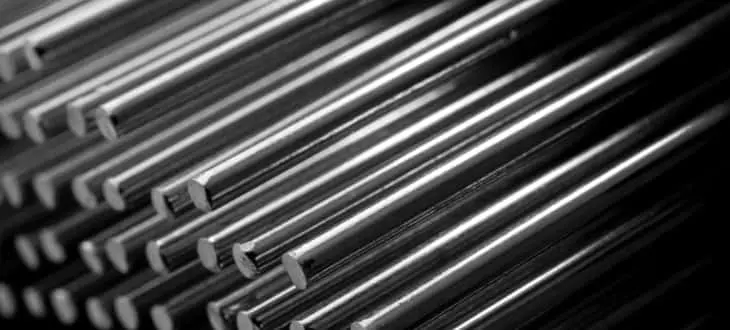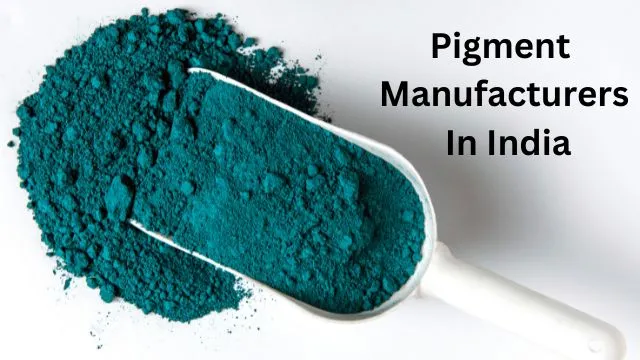Silk is renowned for its sheen, softness and durability. It has been woven into the fabric of human history for thousands of years. The production of different kinds of silk is dependent on the quantity of mulberry leaf that are available, and this availability is restricted to latitudes between 15 and 45 degrees in both hemispheres. Therefore only countries like Brazil, Vietnam, Uzbekistan, Turkmenistan, Turkey, Iran, India, Japan, Korea and China are Largest Producer of Silk in the World as per this year.
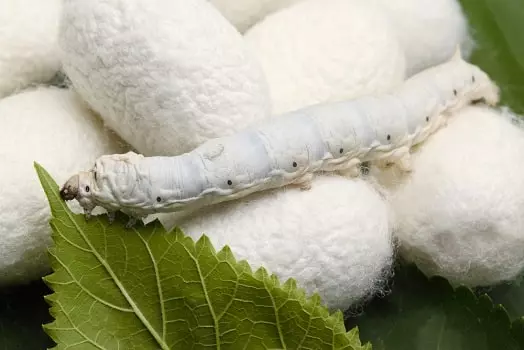
Largest Producers Of Silk In The World
Here is the list of leading silk producer in the world today:
1. China
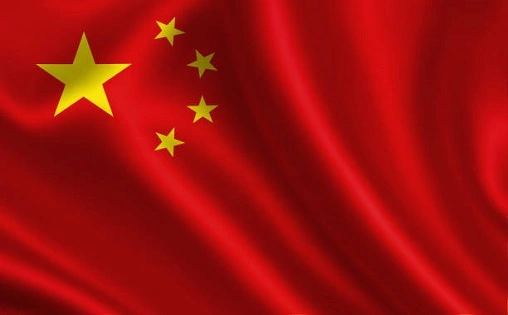
The production of raw silk & silk fabrics in China is the most extensive in the entire globe. They weaved on hand loom in China, where there is a plentiful supply of labor that is relatively inexpensive.
Traditional sites for the cultivation of silkworms in China, the Si-Kiang and Lower Yangtze-Kiang valleys are considered the country’s “silk manufacturing homelands.” Because of this, the price of silk in China is quite inexpensive when compared to the price of silk on foreign markets.
The results of a statistical survey conducted in 2012 indicate that China produced 126,000,000,000,000 tonnes. China accounts for 60 percent of the world’s production.
It ships raw silk & fabrics to a variety of nations, including the United States of America, the United Kingdom, Germany, France, Spain and Italy. China’s primary centers for the production of silk are the cities of Shanghai, Hangzhou, & Canton.
2. Japan
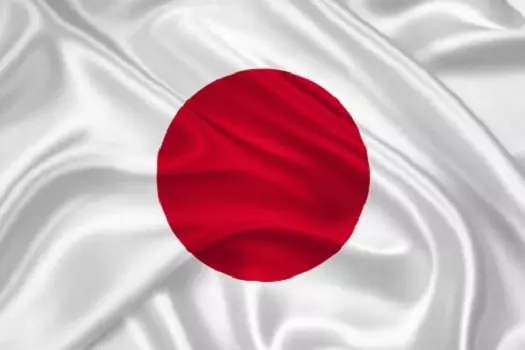
The production of both raw silk & artificial silk in Japan is among the most significant in the world. Manufacturing of silk cloth and fabrics, which is primarily composed of synthetic fibers, has reached an excessively advanced stage.
The majority of Honshu’s pure silk cloth is produced in the central region, specifically in and around Okaya & Nagoya. The majority of synthetic silk mills may be found along the west coast as well as in the prefectures of Fukui, Kanazawa, & Niigata. Kyoto, Gumma, & Tochigi are also important centers for manufacturing.
The results of a statistical survey conducted in 2012 indicate that Japan manufactured 30 million tonnes. After China, it had exceptionally high levels of output.
3. France

The production of silk began to flourish in France with in late nineteenth century, particularly in the Rhone Valley and the city of Lyon. The interior products that are used on a daily basis in France feature silk in a proportion of 70 percent.
Lyons is now a significant hub for the production of silk in the western United States. China, Korea, Japan, Bulgaria, & Greece are the primary sources of raw silk that France imports.
4. India

Not only does India have a long-standing history of producing silk, but it also boasts a diverse population of silk-producing animals. India is currently ranked fourth among the top countries producing silk. Since ancient times, the process of manufacturing has been carried out in the country of India. The production of silk is an important industry in India. India is currently exporting several kinds of silk to a variety of different countries.
In addition to Orissa and Tamil Nadu, the states of Bihar, Madhya Pradesh, West Bengal, Assam, Karnataka, Jharkhand, Andhra Pradesh, Tamil Nadu and Jammu and Kashmir are also significant players in the silk production industry.
The “East India Company” erected the first mill at Howrah in 1832. At the present time, Karnataka is the primary producing state, accounting for 52% of total production.
The following is a list of the significant silk production centres found in various states:
- In the state of Bihar, the city of Bhagalpur is home to a significant silk production centre.
- Cambay and Surat are both important production hubs for silk in the Indian state of Gujarat.
- In the state of Uttar Pradesh, the city of Varanasi serves as the primary hub for the manufacturing of silk.
- Paithan is the primary location in the state of Maharashtra for the manufacturing of silk.
- The city of Srinagar serves as the primary hub for silk production in Jammu and Kashmir.
5. Italy
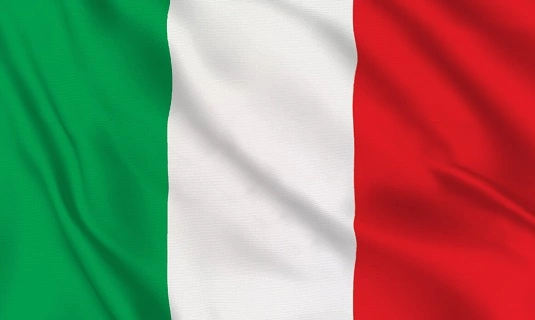
Italy was one of the first countries in Europe to begin cultivating silkworms and manufacturing silk textiles. In the sixteenth century, sericulture was established in the Po river valley and the Alpine piedmont area, which was traditionally known for its production of mulberry trees. The city of Milan became the centre for the silk and textile industry in this region.
Today, Milan is the world’s leading centre for the manufacturing of silk fabric and materials. Silk textile production can be found in a number of cities, including Venice, Komo, Geneva and Burgamo.
6. Romania

Silk has a long history in Romania and has been a common fabric choice for the production of a variety of garments throughout the country’s history. Romania’s environment is ideal for the cultivation of mulberries, which has led to the country’s rapid development of the silk industry. Additionally, keeping silkworms is simple in Romania, which has contributed to the country’s rapid expansion in the industry.
It has reported total exports of around US$ 95.6 Million recently.
7. USA- United States of America

It is the world leader in the production of synthetic silk due to its vast silk industry. The market in the United States requires high-quality, luxurious clothing. Silk cloth and fabrics are imported into the United States of America from China, Japan, Italy, and France because of the enormous market and high demand.
The earliest centre for the manufacture of silk textiles in the United States was located in Preston, New Jersey. However, as of right now, the cities of Wilkes-Barre, Scranton, Allentown, & Easton have the lion’s share.
8. Uzbekistan

Silk items from Uzbekistan have been highly prized from the time the Great Silk Routes was established, which dates back several millennia. For instance, Margilan silk was figuratively and practically worth its weights in gold, and it was frequently used as a form of payment. Silk threads, which are produced using antiquated techniques, are responsible for the ineffable elegance of high-quality fabrics that are famous all over the world.
The manufacturing of natural silk is still dominated by Margilan, which is the largest hub in the world. Yodgorlik & Khan Atlas are the names of the two factories that can be found in the city. Silk and semi-silk fabrics known as “adras” and “khan-atlas” are produced there.
You must know few pointers on how to tell the difference between genuine silk and imitation silk. To accomplish this, you will need to unravel a few strands of silk and then light them on fire. Silk in its natural form cannot catch fire, but if it does, it will smell faintly like charred hair.
9. Russian Federation
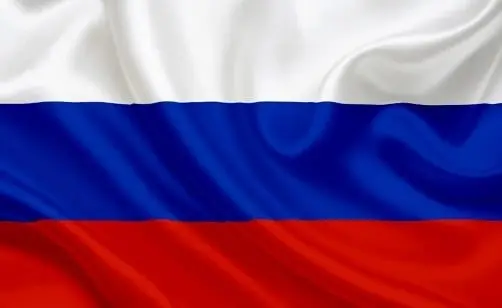
The production of artificial goods was first begun in Russia before the “Revolution of 1918.” The Russian Federation and other commonwealth nations are responsible for the production of vast quantities of raw silk and artificial silk owing to the accessibility of fossil fuels, the progression of technology, and the size of the market.
The Moscow-Tula region is home to the most important silk textile manufacturing centre in the Russian Federation. In addition to Ukraine, the entirety of Central Asia is responsible for a significant portion of the production.
10. Pakistan

Silk production is an ancient home industry in Pakistan; nonetheless, the first modern silk textile factory in the country was established in Karachi in 1948. When it comes to textile production, Pakistan relies on fake silk. Swat, Peshawar, Khairpur, Hyderabad, Sheikhpura, Gujranwala, Karachi, Faisalabad are significant silk textile manufacturing locations in Pakistan.
Conclusion
China, Japan, Taiwan, & South Korea are among of the largest countries in Asia, and together they export more than fifty percent of the world’s silk textile & fabric production. The United States of America also exports significant quantities of silk cloth to other nations, joining the likes of Malaysia, Indonesia, India, the Russian Federation, the United Kingdom, France and Italy.
Silk Production FAQs
Q. How is silk produced?
Ans: Silk is produced through a process known as sericulture. Silkworms are reared, and they spin a cocoon made of silk threads. These cocoons are then harvested, boiled to soften the sericin (a protein that binds the silk threads), and the threads are carefully unraveled.
Q. Where is silk produced?
Ans: Silk production is prevalent in various countries, with China, India, and Vietnam being some of the largest producers. Other countries, such as Brazil, Thailand, and Japan, also have a history of silk production.
Q. What are the different types of silk?
Ans: There are several types of silk, with the most common being mulberry silk (from Bombyx mori), wild silk, tussar silk, and muga silk. Each type has unique characteristics and is produced by different silkworm species.
Q. What are the uses of silk?
Ans: Silk is used to make a wide range of products, including clothing (silk dresses, shirts, and ties), bed linens, lingerie, scarves, and home furnishings. It is also used in high-end fashion and luxury products.
Q. How is silk dyed and printed?
Ans: Silk can be dyed using various methods, including chemical dyes, natural dyes, and tie-dye techniques. It can also be printed with intricate designs using screen printing, block printing, or digital printing.
Q. Is silk production sustainable?
Ans: Silk production can be sustainable when managed responsibly. Some silk farms employ eco-friendly practices, such as organic farming and ethical treatment of silkworms. Sustainable sericulture focuses on minimizing environmental impact.
Q. Can silk be recycled?
Ans: Yes, silk can be recycled. Post-consumer and post-industrial silk waste can be collected and processed into new silk products or blended with other fibers to create sustainable textiles.
Q. Is silk biodegradable?
Ans: Yes, silk is biodegradable. It naturally breaks down over time and is not harmful to the environment.



